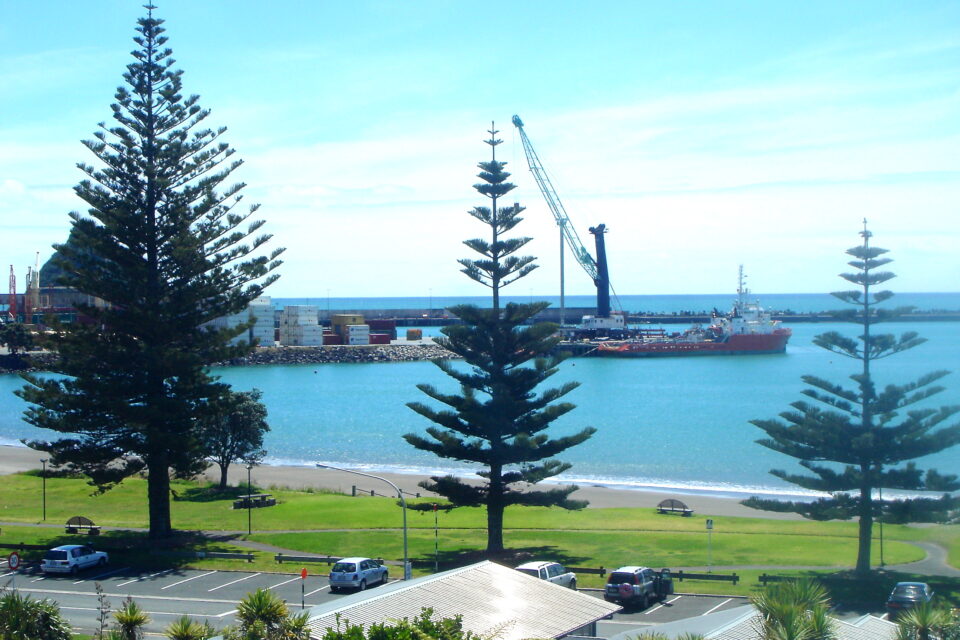Tighten the halyard, bind the stays – stormy seas or calm water ahead for coastal planning, asks Mike Doesburg, Partner at Wynn Williams in its Environment & Planning and Local Government team.
On 24 August 2023, the Supreme Court released its judgment in Port Otago Ltd v Environmental Defence Soc Inc [2023] NZSC 112. The decision was part of a long-running saga, which began in May 2015 with the notification of the Otago Regional Policy Statement (RPS).
Ostensibly a case about how ports are provided for in the Otago Region, the case took on much greater prominence as it was the first planning case to make its way to the Supreme Court since the infamous decision in Environmental Defence Soc Inc v New Zealand King Salmon Co Ltd [2014] NZSC 38.
In this article, I summarise the Port Otago case and reflect on whether the judgment has fundamentally changed resource management practice, like New Zealand King Salmon did in 2014.
The Otago Harbour has two ports – at Port Chalmers and Dunedin. Both ports were identified as being within areas of high or outstanding natural character or features, as well as proximate to key habitats and nationally significant surf breaks.
The New Zealand Coastal Policy Statement 2010 (NZCPS) requires any adverse effects on outstanding natural character, outstanding natural features, certain indigenous biodiversity, and nationally significant surf breaks – be avoided. However, in relation to ports,
Policy 9 of the NZCPS also directs decision-makers to: Recognise that a sustainable national transport system requires an efficient national network of safe ports, servicing national and international shipping, with efficient connections with other transport modes
An obvious tension arises between providing safe and efficient ports, and avoiding adverse effects on outstanding natural character, natural features, biodiversity and surf breaks. This was the focus of the case.
On this issue, the Environment Court had proposed a policy that recognised there may be circumstances where the safe operation of ports might mean absolute avoidance of effects would not be required. The High Court overturned that decision on appeal, finding that the wording did not give effect to the NZCPS. The Court of Appeal upheld the High Court’s findings, with differing reasons in the majority (Kos and Gilbert JJ) and minority (Miller J) decisions.
Findings
The Supreme Court acknowledged that the “avoidance policies” were directive and were in the nature of a bottom line. However, the Court noted findings in New Zealand King Salmon that minor or transitory effects were unlikely to adversely affect the natural character of coastal environments, and findings in Trans-Tasman Resources regarding avoiding “material harm”.
Turning to Policy 9, the Court agreed with the Environment Court and Miller J in the Court of Appeal that “requires” is a key verb in Policy 9 (along with “recognise”). The Court found that Policy 9 directs decision-makers to recognise that a port network is required and that to do so is to accept that it is mandatory. The Court held that Policy 9 is directive and therefore has the potential to conflict with the “avoidance policies”.
The Court then considered where and how such conflicts should be resolved. It noted that conflicts should be dealt with at the RPS or plan level as far as possible, to give resource consent decision makers as much guidance as possible on methods for addressing such conflict.
However, the Court recognised that policy statements and plans cannot anticipate and resolve all conflicts – some cases will need to be resolved at consent level.
For ports, the Court outlined a tripartite test involving whether the project is required to ensure safe and efficient operation, whether alternatives have been properly considered and, if breach of “avoidance policies” cannot be averted, any conflict is kept as narrow as possible.
The Court was careful to emphasise that the “structured analysis” it referred to was not the same as the “overall broad judgment” approach of old.
Comment
Is the decision earth-shattering? No. But, it does advance planning theory by confirming that enabling provisions can be equally directive as “avoidance policies” and that a careful “structured analysis” is required when engaging in a conflict between such provisions.
Furthermore, while notable for ports when engaging with the NZCPS, the judgment has wider implications for other policy documents (including other national policy statements and regional policy statements).
Even greater care will be required in the future when drafting and interpreting such documents.
Resource management practice is already evolving in response to the Port Otago decision. Planning and consenting processes are looking much more closely at the drafting of enabling provisions and the concept of “material harm” is being tested.
While practitioners are unlikely to talk about a “post-Port Otago world” the same way we do “post-King Salmon”, Port Otago is not a decision to be ignored.



